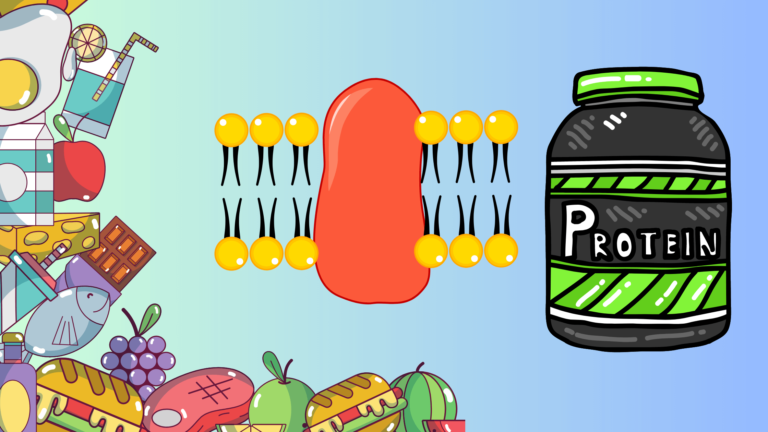21 Foods Rich In Magnesium To incorporate into Your healthy diet
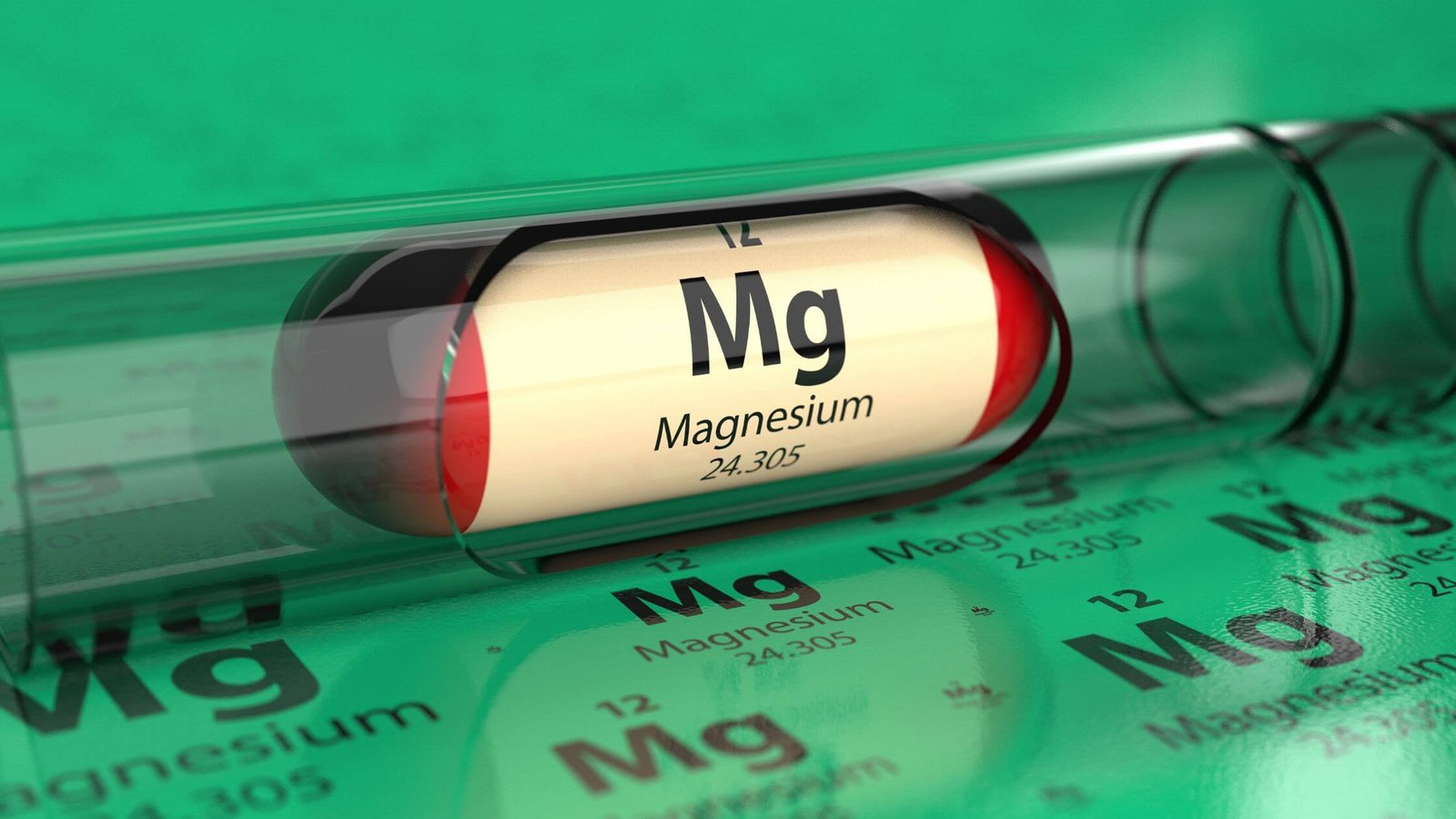
Magnesium is a powerhouse mineral that plays a crucial role in maintaining overall health. It supports over 300 different bodily functions, including muscle and nerve function, energy production, blood sugar regulation, and even bone health. While magnesium is readily found in various foods, many individuals fall short of the recommended daily intake.
This guide explores delicious and diverse foods rich in magnesium you can easily incorporate into your diet. From leafy greens and legumes to nuts, seeds, and even dark chocolate, there’s something for everyone! So, let’s dive in and discover how to unlock the power of magnesium for a healthier and more vibrant you!
Table of Contents
Magnesium’s Role in Your Body:
Magnesium’s benefits extend far beyond just muscle relaxation. It’s involved in numerous essential processes, including:
- Energy production: Magnesium helps convert food into usable energy for your cells.
- Muscle and nerve function: It supports healthy nerve signal transmission and muscle contraction.
- Blood sugar regulation: Magnesium helps your body utilize insulin effectively, impacting blood sugar control.
- Bone health: Magnesium plays a crucial role in bone development and maintenance.
- Blood pressure regulation: Studies suggest magnesium may contribute to healthy blood pressure levels.
- Mood and brain function: Some research indicates magnesium may play a role in mood regulation and cognitive function.
Recommended Daily Intake and Potential Deficiencies:
Age and gender determine the daily magnesium intake recommendations. The typical daily dosage for an adult male is 400–420 mg, and for an adult female it is 310–320 mg. Nevertheless, a large number of individuals do not adhere to these suggestions, which might lead to:
- Muscle cramps and fatigue
- Headaches
- Difficulty sleeping
- Irregular heartbeat
- High blood pressure
- Increased risk of chronic diseases like type 2 diabetes
In order to feel your best and have the most energy, make sure you eat things that are high in magnesium every day. Don’t skimp on magnesium; it will help you stay healthy in the long run.
Leafy Green Powerhouses of foods rich in magnesium:
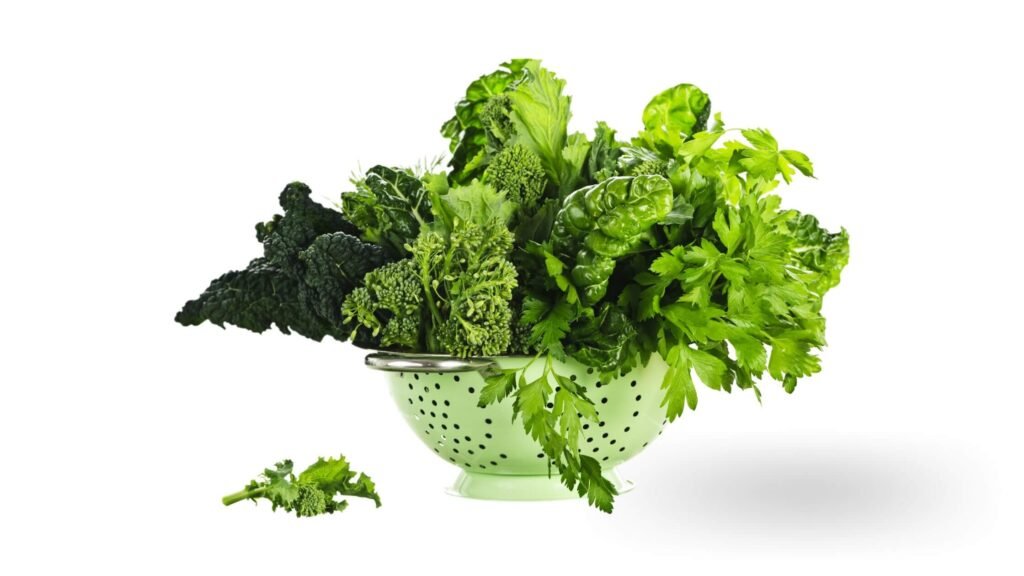
Spinach:
Cooked, one serving provides an astounding 158 milligrams of magnesium, which is equivalent to 38 percent of the required daily allowance. Essential for maintaining healthy blood pressure, muscle tone, and glucose levels, magnesium is also involved in controlling blood sugar.
However, there’s more! Because of its abundance of vitamins A, C, and K, spinach is an all-around health hero. As antioxidants, these vitamins protect cells from harm and boost immunity in a coordinated fashion.
Kale
The staggering 29.5 milligrams of magnesium found in just one cup of kale constitutes an impressive 15% of the daily required requirement. Magnesium is a super mineral that aids in controlling blood sugar levels, regulating blood pressure, and facilitating muscle activity.
Kale is beneficial for more than just magnesium, though. Fiber is great for your digestive health and for maintaining satiety, and this food is rich in it. Protect your eyes and boost your health with antioxidants like lutein and beta-carotene; vitamin K is essential for strong bones and proper blood coagulation.
Swiss Chard
Swiss chard is more than just eye candy; its stunning green colors belie its many culinary uses. In particular, the magnesium content of this leafy green vegetable makes it a health champion.
Magnesium is an essential mineral, and just 100 grams of Swiss chard provides 81 milligrams—or nearly 19 percent of the daily amount. Keep in mind that magnesium plays an important role in controlling blood sugar levels, maintaining healthy muscles, and controlling blood pressure.
Collard Greens
Despite their superficial similarity to kale, collard greens are actually a very potent member of the cruciferous vegetable family. Although 61 milligrams (or around 15% of your RDI) of magnesium in a cup may seem like a magical serving size, a more realistic view is obtained by examining 100 grams, which still delivers 27 milligrams of magnesium—an impressive amount.
The proper functioning of muscles, blood sugar regulation, and blood pressure are all dependent on this vital mineral. You may greatly benefit your health by adding collard greens to your diet.
Turnip Greens:
Turnip greens are leafy green superfoods that are nutrient-dense! A cup may seem like the typical serving size, containing 56 mg of magnesium (about 14% of your RDI), but measuring 100 grams yields a more accurate value of 31 mg of magnesium, which is still rather important.
This essential mineral is a multipurpose wonder that helps balance blood sugar levels, maintain healthy muscles, and regulate blood pressure. Thus, including turnip greens as part of your diet is a fantastic method to promote general health.
But there’s more to turnip greens than simply magnesium! They’re an excellent source of vitamin A, which is necessary for immune system health and good vision. Another important component, vitamin K, is necessary for healthy blood coagulation and strong bones.
Related: Don’t Overlook These 12 Evident Signs Of Magnesium Deficiency
Seed Sensations:

Pumpkin Seeds
Pumpkin seeds, despite their small size, are giants in the world of nutrition. Just a 100 grams of these seeds packs a whopping 550mg of magnesium, which is well over 100% of your daily recommended intake. They are also loaded with healthy fats, zinc, and phosphorus, all of which contribute to a healthy heart and keep you energized.
Chia Seeds
Never undervalue these small black seeds! They are nutritional marvels, providing an astounding 335 mg of magnesium per 100 grams, meeting a substantial 35% of your daily required consumption.
Not only that, but chia seeds are a veritable goldmine of antioxidants, omega-3 fatty acids, and fiber. This potent mixture can guard your cells from harm, maintain mental clarity, and help you manage your digestive [18].
Flaxseeds
Many people don’t realize that flaxseed has a lot of great health benefits hidden inside its simple shell. A 100-gram dose has an impressive 392 mg of magnesium, an important mineral that controls blood sugar, keeps blood pressure healthy, and helps muscles and nerves work. Even so, flaxseed has many more health benefits besides just magnesium.
Nutty Delights:
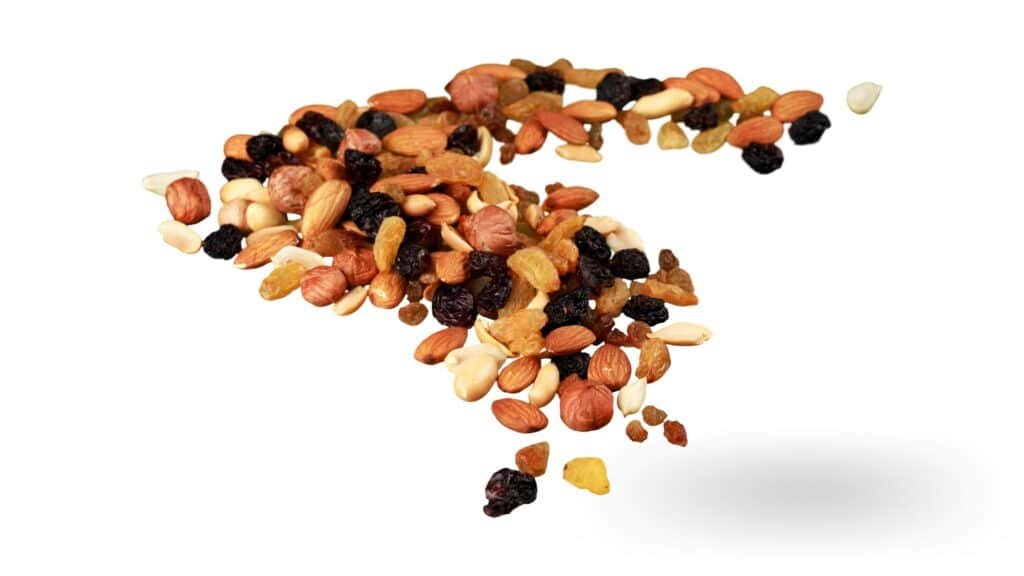
Almonds :
Magnesium is one of the many minerals found in almonds. With 77 milligrams of magnesium, or 18.3% of your daily value, in only one ounce of 23 almonds, you’re good to go. The monounsaturated fats, niacin, and vitamin E are all abundant in this food.Source
Cashews:
Cashews are famous for having a lot of magnesium; 83 milligrams of magnesium are found in an ounce of raw cashews. In addition to magnesium, they are full of important nutrients like iron, potassium, zinc, vitamin K, and many B-complex vitamins.
Brazil Nuts:
Magnesium is abundant in Brazil nuts; 107 milligrams of magnesium can be found in a serving size of six nuts. Additionally, that same serving contains a significant amount of monounsaturated fats as well as selenium, which functions as an antioxidant to safeguard the cells in your cardiovascular system.
Whole Grain Goodness:
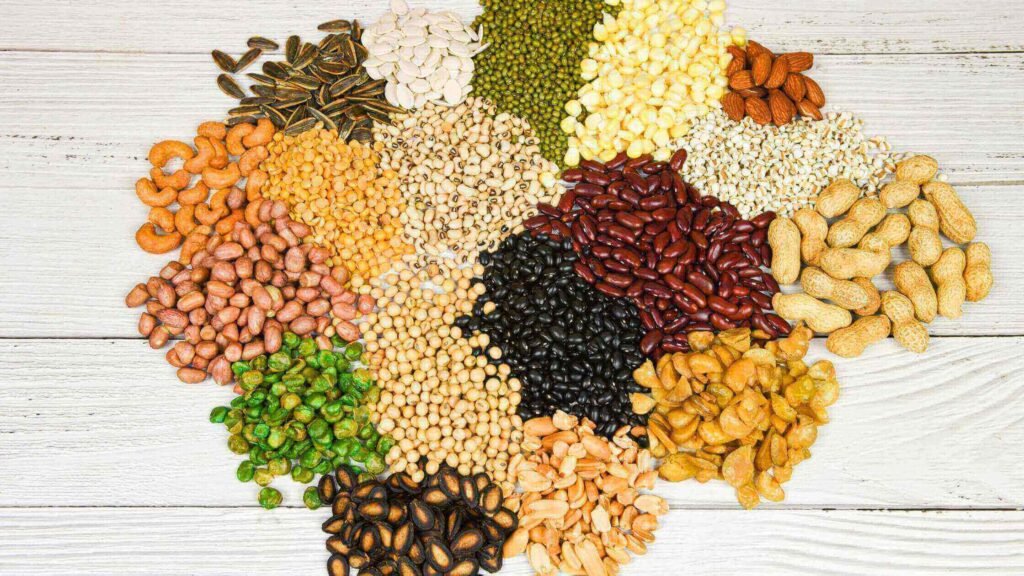
Quinoa
There are 118 mg of magnesium in one cup of cooked quinoa. Quinoa is a good source of the mineral, but the daily suggested amount goes up as you get older. More than 300 enzymatic processes need magnesium to work, and magnesium is found in all of our cells.
Brown Rice :
Among the essential minerals that are frequently lacking in diets, brown rice stands out as a great source of magnesium. At 43 milligrams per 100 grams, it is more than just more fiber-rich than white rice. Fiber and magnesium work together to support general health and wellbeing, which makes them an invaluable supplement to any diet.
Black Beans
Black beans are a staple food in many countries, and they are also very healthy, with 171 mg of magnesium per 100 grams. They are a great source of plant-based protein, fiber, and folate, which helps you feel full, digest food, and grow cells. If there are any mistakes, please fix them.
Edamame
If you’re in search of a magnesium source with minimal calorie impact, consider edamame. A mere half-cup of these young green soybeans delivers 50 milligrams of magnesium, fulfilling 12% of the daily value. Moreover, they offer 6 grams of protein, coupled with fiber to enhance satiety, all bundled within a mere 65 calories. Edamame stands as an excellent choice for nutrient-dense, low-calorie snacking or meal inclusion.
Seafood Selections:

Salmon
What is this superfood incapable of? Three ounces of Atlantic salmon provides twenty-three milligrams of magnesium, which can be added to your regular intake of this necessary mineral. Salmon is an excellent source of protein, which promotes muscle growth and repair, in addition to being a magnesium powerhouse. Its high content of omega-3 fatty acids also promotes heart health and brain function. Include this adaptable fish in your diet to reap a host of health benefits.
Mackerel
Don’t undervalue the humble mackerel. Magnesium content of 60 mg per 100 grams is outstanding, making it a nutritional powerhouse. Mackerel is high in selenium, vitamin B12, and omega-3 fatty acids in addition to magnesium. These nutrients are essential for protecting cells from harm, supporting a healthy neurological system, and improving brain function. Mackerel is a rich source of vital minerals for general health and wellness, and it also fulfills your magnesium needs.
Dairy Delights (for those who tolerate them):
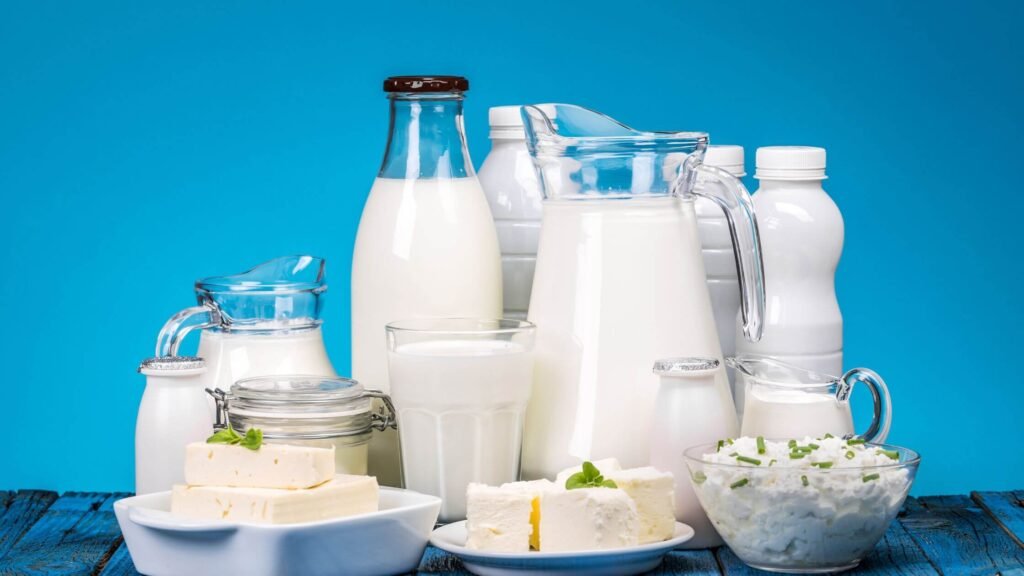
Plain, Low-Fat Greek Yogurt
Enjoy the protein-rich goodness of plain, low-fat Greek yogurt, which has 42 milligrams of magnesium per 8 ounce serving. Greek yogurt is a great source of calcium, potassium, and probiotics in addition to magnesium. All of these nutrients support a healthy gut microbiota, help control blood pressure, and strengthen bones.
Milk
Milk offers a convenient source of magnesium, containing around 13mg per 100 grams (approximately 4% RDI). While this is a lower amount compared to what was previously mentioned per cup, it still contributes to your daily magnesium needs. Milk is also a good source of calcium, vitamin D, and B vitamins, promoting bone health, immune function, and energy metabolism.
Bonus: Dark Chocolate
Dark chocolate can be a delightful way to boost your magnesium intake. A one-ounce square (around 28 grams) of 70% to 85% dark chocolate provides a significant amount of magnesium, clocking in at around 65mg according to the USDA. That’s about 16% of the Daily Value (DV) for magnesium. This delicious treat also offers flavanols, antioxidants that may help lower blood pressure, improve blood flow, and reduce inflammation, based on past research.
Avocados
Avocados are incredibly nutritious! They’re a fantastic source of vitamins, minerals, heart-healthy nutrients, and anti-inflammatory substances like magnesium. A half an avocado, according to the USDA, adds a substantial quantity of magnesium (19.7 mg) to your salad or whole-grain toast, helping you meet your daily requirements.
Conclusion:
Incorporating these delicious, magnesium-rich foods into your diet isn’t just about ticking a nutritional box; it’s an investment in your overall health and well-being. Magnesium is a powerhouse mineral, and including these tasty options ensures you’re giving your body the support it needs to thrive. Remember, the key to optimal nutrient intake lies in a balanced and varied diet, so explore and enjoy the bounty of magnesium-rich goodness!




